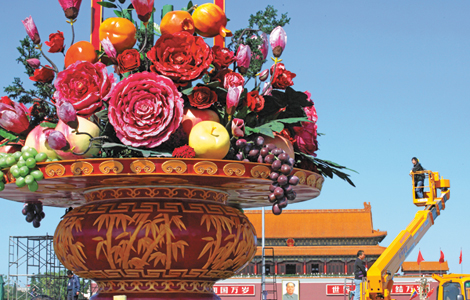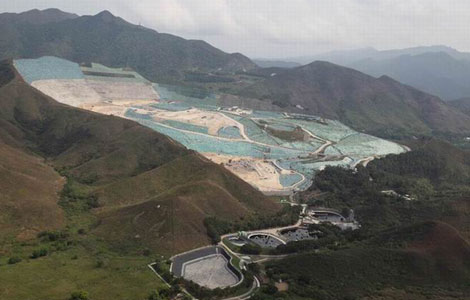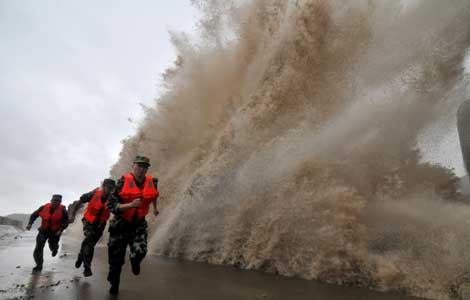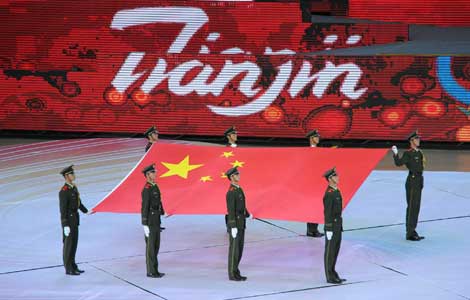Getting it right on site as competition increases
Updated: 2013-10-07 11:35
By Cecily Liu in London (China Daily)
|
||||||||
"Location, location, location," the mantra of homebuyers and sellers, is equally paramount when it comes to setting up shop - and is especially so as China's urbanization drive continues to present retailers with various opportunities for expansion and development.
Over the years, many foreign companies have taken advantage of China's urbanization, such as General Motors, which formed a joint venture with China's SAIC and rapidly expanded to include hundreds of dealerships in many of China's smaller cities.
Another US major fast-food chain, KFC, developed warehouses and supply chains to create scale at regional and national level. It also creatively structured its expansion into smaller cities, carefully planning and sometimes taking years to select the right locations for outlets, according to Yuval Atsmon, a partner at the international consultancy McKinsey & Co.
"The best retailers take a lot of time to study bus routes, train routes and where roads are built," says Atsmon, a former head of McKinsey's Greater China consumer retail practice.
"Choosing locations is easy in the US, because people typically travel by car and urban development is slow. But in Chinese cities, the exact location of where you put your stores makes a huge difference."
Atsmon also says the rising level of consumption-related infrastructure in cities is bringing urban residents increasingly diverse and affordable products.
"Modern retail resulting from urbanization can operate at higher efficiency. Such efficiency, as well as increasing competition, is making products cheaper for customers," he says.
"Take supermarkets and hypermarkets for example. Chinese cities' rapidly growing number of roads and railways has made it economical and convenient for people to visit them, so they can stock a large amount of goods and reduce costs."
Walmart Stores Inc and Carrefour SA have already opened hundreds of stores in China, with increasing penetration into China's third- and fourth-tier cities, as these cities gradually increase in size.
"Global experience suggests that people want to buy at a store that is no more than a 15 minute commute from their home. They prefer even closer locations for day-to-day items such as fresh food," he says. "This creates market demand for more supermarkets to open in urban areas, where the population is more concentrated.
"Because many urban residents have cars, they can drive to supermarkets and hypermarkets for their shopping. But rural areas would have less demand for supermarkets that typically stock 15,000 items, because the lack of efficient transport means people would buy from small shops locally."
Atsmon says there are also products that can only be offered with an urban infrastructure, such as cold-chain items.
"You cannot buy ice-cream without cold chain. The same goes for frozen food and even chocolates in hot regions," he says. "Another example is automotives, which you can only deal in where there are good roads, which come as a result of urbanization."
Another driver of increasing consumption is the rise in average income as an economy urbanizes.
"If I'm quite poor, I'm more likely to focus on necessities, including clothing, diapers and baby food, as well as basic electronics such as a refrigerator and washing machine," he says.
Most Viewed
Editor's Picks

|

|

|

|

|

|
Today's Top News
Academics evaluate China at conference
Experts examine core values of China, US
China needs to export ‘public goods’: expert
Sowing the seeds of new business
Chinese investors visit Silicon Valley
Two Chinese die in plane crash near Saipan
Destroying Syria's gas arms started
Direction charted to resolve disputes
US Weekly

|

|














